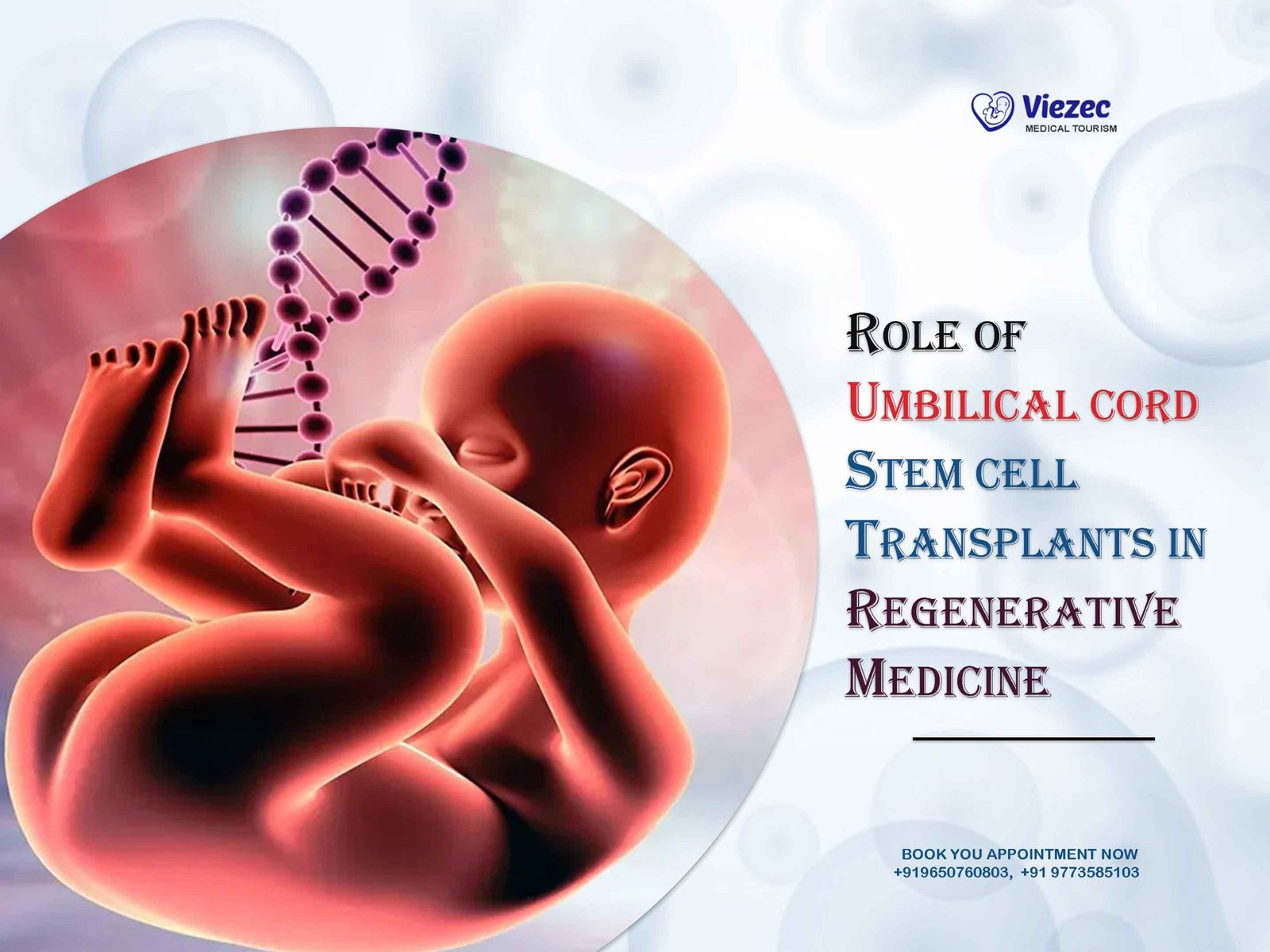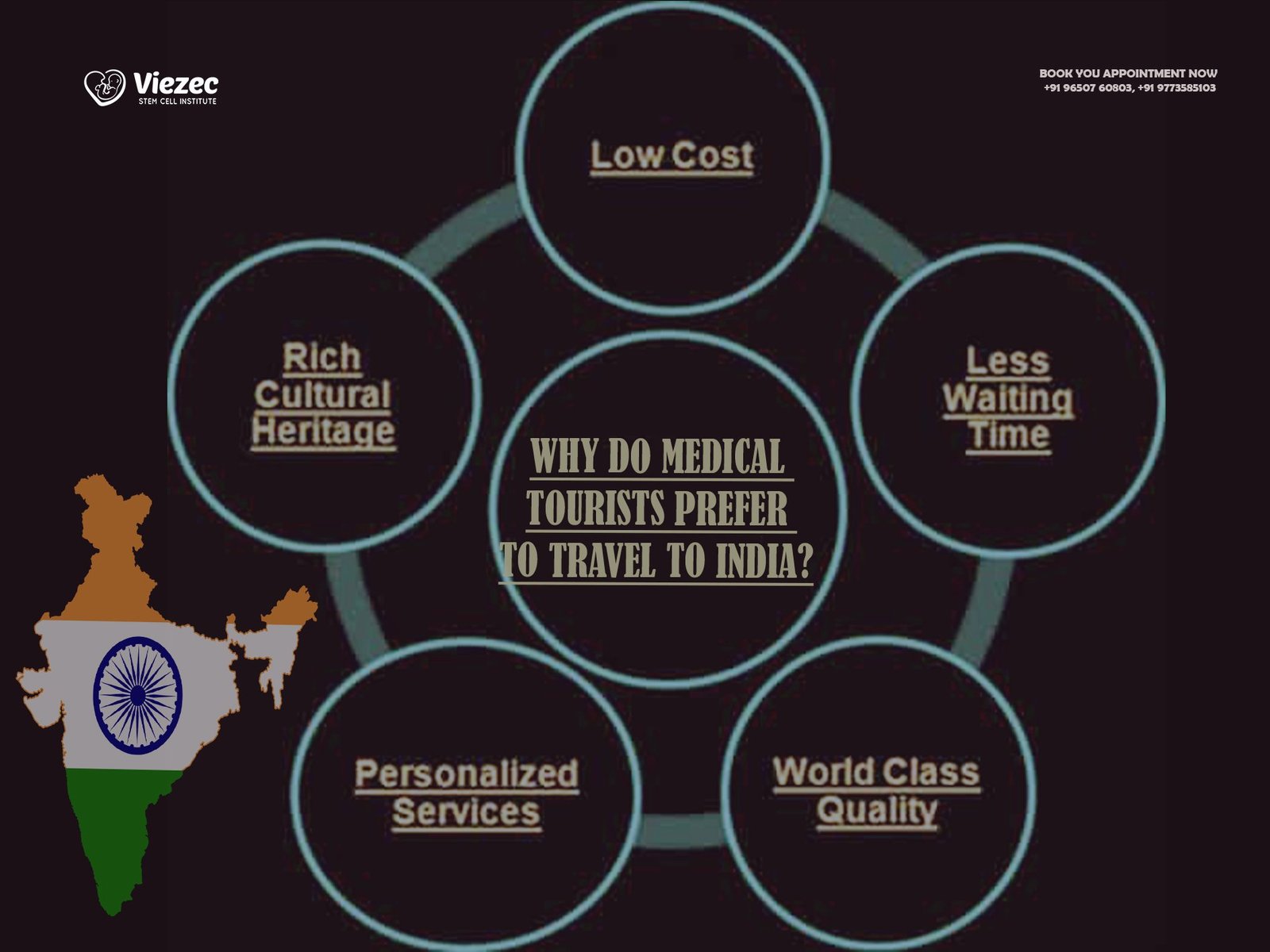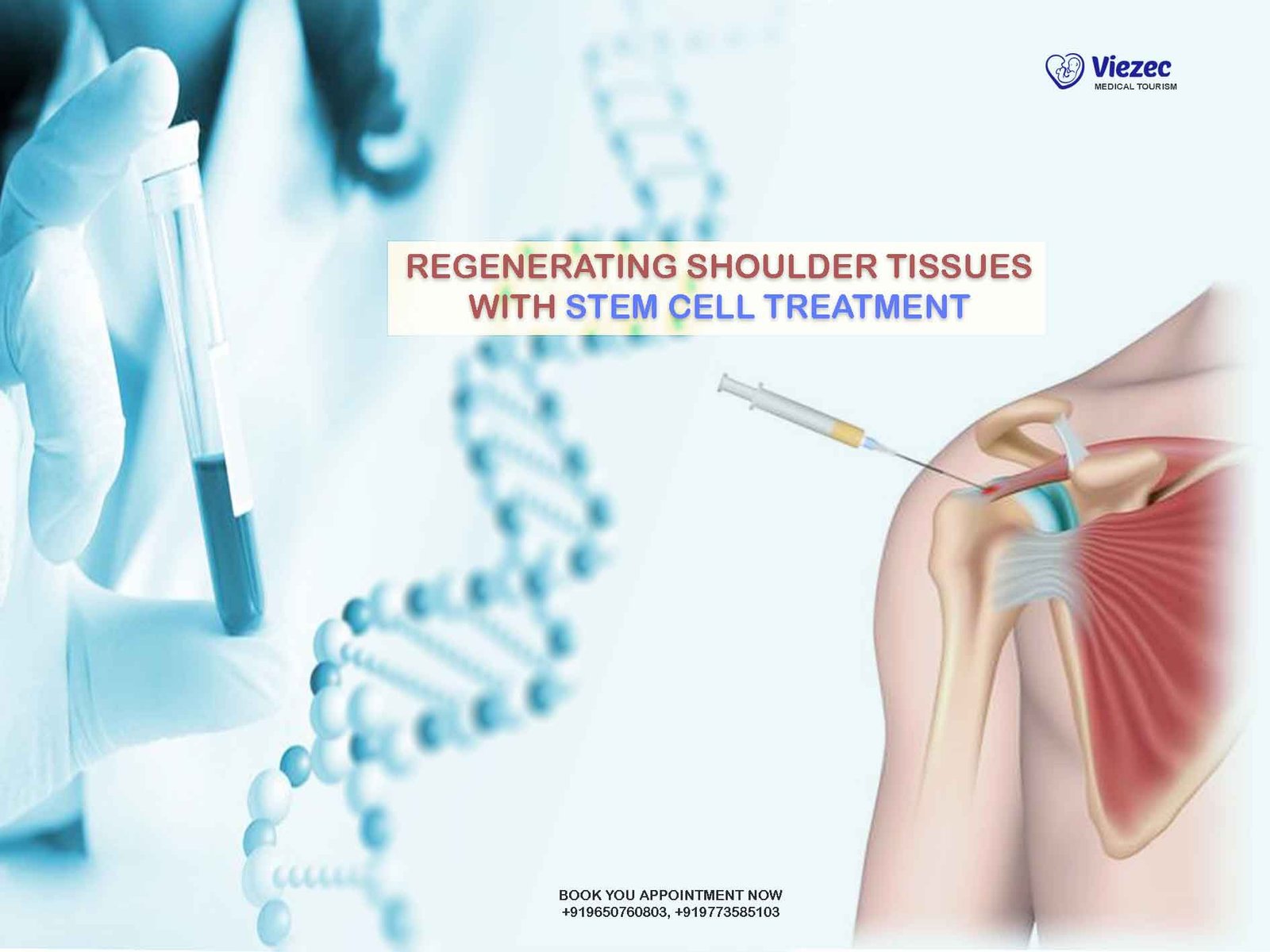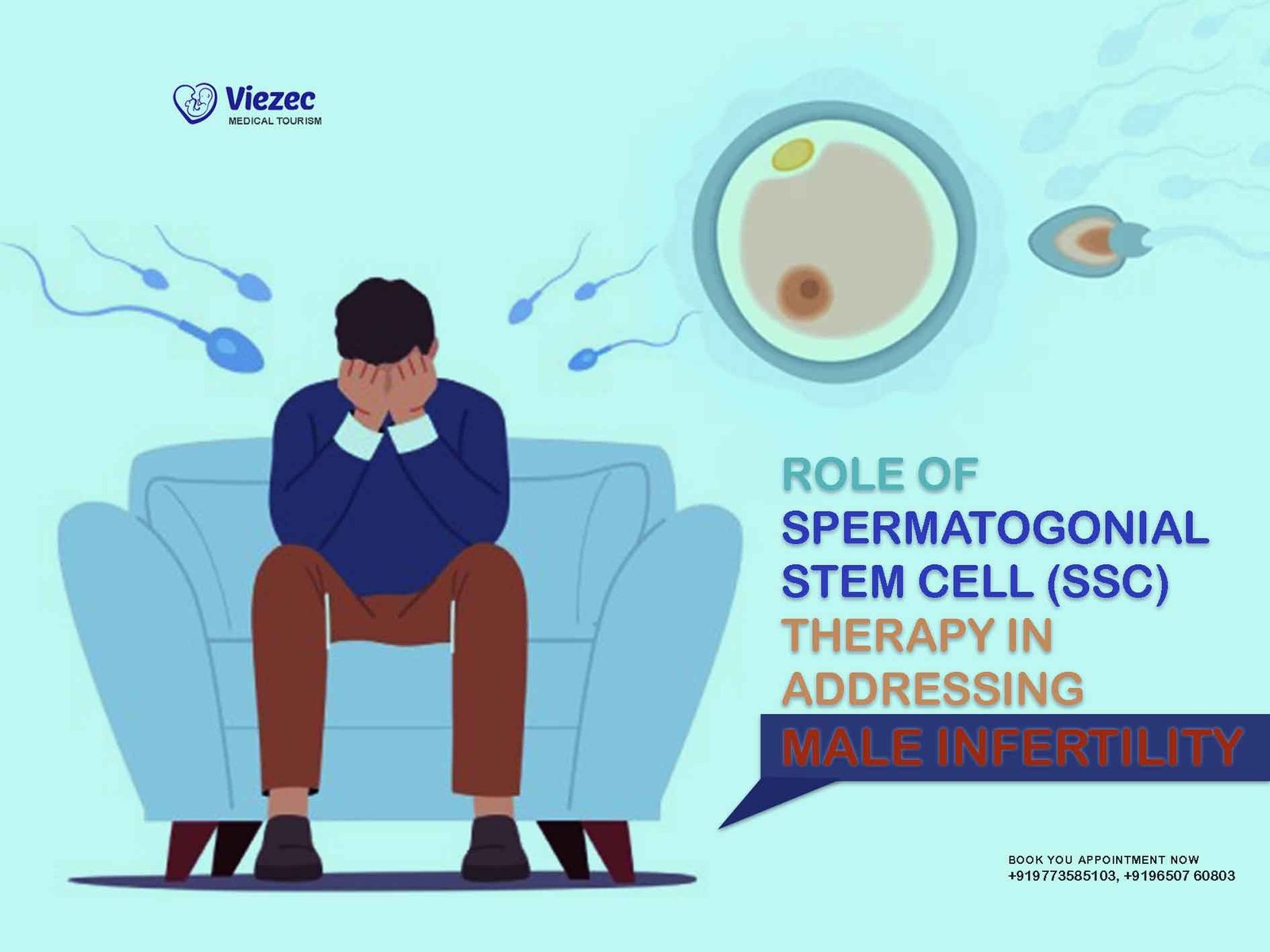In the field of medicine, one of the most promising and rapidly evolving areas is regenerative medicine. Stem cell therapy, particularly using umbilical cord stem cells, has garnered significant attention for its potential to treat a wide range of diseases and injuries. Stem cells derived from the umbilical cord offer unique advantages over other sources due to their high potency, immunomodulatory properties, and ethical considerations. This article delves into the role of umbilical cord stem cell transplants in regenerative medicine, exploring their applications, benefits, challenges, and future prospects.
Understanding Umbilical Cord Stem Cells
What are Umbilical Cord Stem Cells?
Umbilical cord stem cells, also known as cord blood stem cells, are derived from the blood found in the umbilical cord and placenta after childbirth. These stem cells are classified as hematopoietic stem cells (HSCs) and mesenchymal stem cells (MSCs), each with distinct characteristics and potential therapeutic applications.
Hematopoietic Stem Cells (HSCs)
Hematopoietic stem cells are multipotent cells capable of generating various blood cell types, including red blood cells, white blood cells, and platelets. They play a crucial role in replenishing the body’s blood supply and immune system. Umbilical cord blood is rich in HSCs, making it a valuable source for transplantation in treating blood-related disorders such as leukemia, lymphoma, and certain genetic diseases.
Mesenchymal Stem Cells (MSCs)
Mesenchymal stem cells are multipotent cells that can differentiate into a variety of cell types, including bone cells, cartilage cells, and adipocytes (fat cells). These cells possess unique immunomodulatory and anti-inflammatory properties, making them attractive candidates for treating various conditions such as autoimmune diseases, tissue injuries, and degenerative disorders.
Applications of Umbilical Cord Stem Cell Transplants
Treating Blood Disorders
Umbilical cord blood stem cells have been widely utilized in the treatment of hematological malignancies and genetic blood disorders. Transplantation of HSCs derived from umbilical cord blood can restore normal blood cell production in patients with conditions such as leukemia, aplastic anemia, and sickle cell disease. Compared to bone marrow transplantation, cord blood transplantation offers several advantages, including lower risk of graft-versus-host disease (GVHD) and reduced requirement for stringent HLA matching.
Repairing Tissue Damage and Injuries
Mesenchymal stem cells derived from umbilical cord tissue have shown promise in promoting tissue repair and regeneration. These cells possess the ability to differentiate into various cell types and release bioactive molecules that stimulate tissue healing and modulate immune responses. Clinical studies have demonstrated the efficacy of umbilical cord MSCs in treating conditions such as spinal cord injury, myocardial infarction, and osteoarthritis. The regenerative potential of these cells offers hope for patients suffering from debilitating injuries and degenerative diseases.
Modulating Immune Responses
Both hematopoietic and mesenchymal stem cells from umbilical cord blood exhibit immunomodulatory properties, making them valuable for treating autoimmune disorders and modulating immune responses in transplant recipients. Umbilical cord stem cells can suppress excessive immune reactions and promote immune tolerance, reducing the risk of rejection in organ transplantation and alleviating symptoms of autoimmune conditions such as multiple sclerosis, rheumatoid arthritis, and lupus.
Advantages of Umbilical Cord Stem Cell Therapy
Abundant Supply
Umbilical cord blood and tissue are readily available sources of stem cells that can be collected non-invasively after childbirth without posing any risk to the mother or baby. Unlike bone marrow donation, which requires invasive procedures and limited availability, umbilical cord stem cells can be collected and stored for future use, providing a valuable resource for transplantation and research purposes.
Immunomodulatory Properties
Umbilical cord stem cells possess unique immunomodulatory capabilities that enable them to modulate immune responses and promote tissue tolerance. These cells can suppress inflammation, inhibit immune cell activation, and promote the generation of regulatory T cells, thereby reducing the risk of rejection in transplant recipients and mitigating autoimmune reactions in patients with immune-related disorders.
Lower Risk of Graft-versus-Host Disease (GVHD)
One of the significant challenges associated with stem cell transplantation is the risk of graft-versus-host disease, a potentially life-threatening complication where donor immune cells attack the recipient’s tissues. Umbilical cord blood transplantation is associated with a lower incidence of GVHD compared to other sources such as bone marrow, primarily due to the immaturity of cord blood immune cells and the lower frequency of HLA disparities.
Ethical Considerations
The use of umbilical cord stem cells raises fewer ethical concerns compared to other sources such as embryonic stem cells. Since cord blood and tissue are typically discarded after childbirth, their collection for therapeutic purposes does not involve ethical dilemmas associated with embryo destruction or the use of fetal tissues. This ethical advantage has contributed to the widespread acceptance and adoption of umbilical cord stem cell therapy.
Challenges and Limitations
Limited Quantity of Stem Cells
Although umbilical cord blood and tissue are rich sources of stem cells, the total number of cells collected from a single cord may be insufficient for transplantation in adult patients, particularly for hematopoietic stem cell transplantation. This limitation necessitates strategies to enhance the expansion and engraftment of cord blood-derived stem cells to achieve therapeutic efficacy in larger recipients.
HLA Matching and Engraftment
Successful transplantation of umbilical cord stem cells requires compatibility between donor and recipient human leukocyte antigens (HLA) to minimize the risk of graft rejection and GVHD. However, the diversity of HLA alleles in the population poses challenges in finding suitable matches, especially for patients from ethnically diverse backgrounds. Strategies such as haploidentical transplantation and ex vivo expansion of cord blood cells are being explored to overcome HLA barriers and improve engraftment rates.
Long-term Outcomes and Safety
While umbilical cord stem cell therapy has shown promising results in preclinical and clinical studies, long-term safety and efficacy data are still evolving. Concerns persist regarding the potential for tumorigenicity, immunogenicity, and off-target effects associated with stem cell transplantation. Continued research and rigorous clinical monitoring are essential to assess the long-term outcomes and safety profile of umbilical cord stem cell therapy in diverse patient populations.
Advancements in Cell Engineering
Recent advancements in cell engineering techniques such as gene editing and induced pluripotent stem cell (iPSC) technology hold promise for enhancing the therapeutic potential of umbilical cord stem cells. Genetic modification of stem cells can improve their homing, engraftment, and differentiation capabilities, as well as enhance their resistance to immune rejection and hostile microenvironments. These innovative approaches pave the way for personalized and precision medicine applications in regenerative therapy.
Combination Therapies and Biomaterials
Combining umbilical cord stem cell transplantation with biomaterial scaffolds, growth factors, and tissue engineering strategies offers new avenues for tissue regeneration and repair. Biomaterial-based delivery systems provide a supportive microenvironment for stem cell survival, proliferation, and differentiation at the site of injury or disease. Integration of stem cells with biomaterials enables controlled release of therapeutic agents and enhances the functional integration of regenerated tissues, particularly in complex organ systems.
Clinical Trials and Regulatory Frameworks
The translation of umbilical cord stem cell therapies from preclinical research to clinical practice necessitates robust clinical trials and regulatory oversight to ensure safety, efficacy, and ethical standards. Ongoing clinical trials are evaluating the therapeutic potential of umbilical cord stem cells in various medical conditions, ranging from neurodegenerative diseases to cardiovascular disorders. Regulatory agencies play a crucial role in establishing guidelines for stem cell manufacturing, quality control, and patient eligibility criteria to facilitate responsible and evidence-based adoption of these innovative therapies.
Make infored Decision
Umbilical cord stem cell transplants represent a promising approach in regenerative medicine with diverse applications across a wide spectrum of diseases and injuries. The unique properties of umbilical cord stem cells, including their abundance, immunomodulatory effects, and ethical considerations, position them as valuable resources for therapeutic interventions. While challenges and limitations persist, ongoing research and technological advancements continue to expand the therapeutic potential of umbilical cord stem cell therapy. With careful consideration of safety, efficacy, and ethical principles, umbilical cord stem cell transplants hold the promise of revolutionizing medical treatment paradigms and improving patient outcomes in the years to come.









